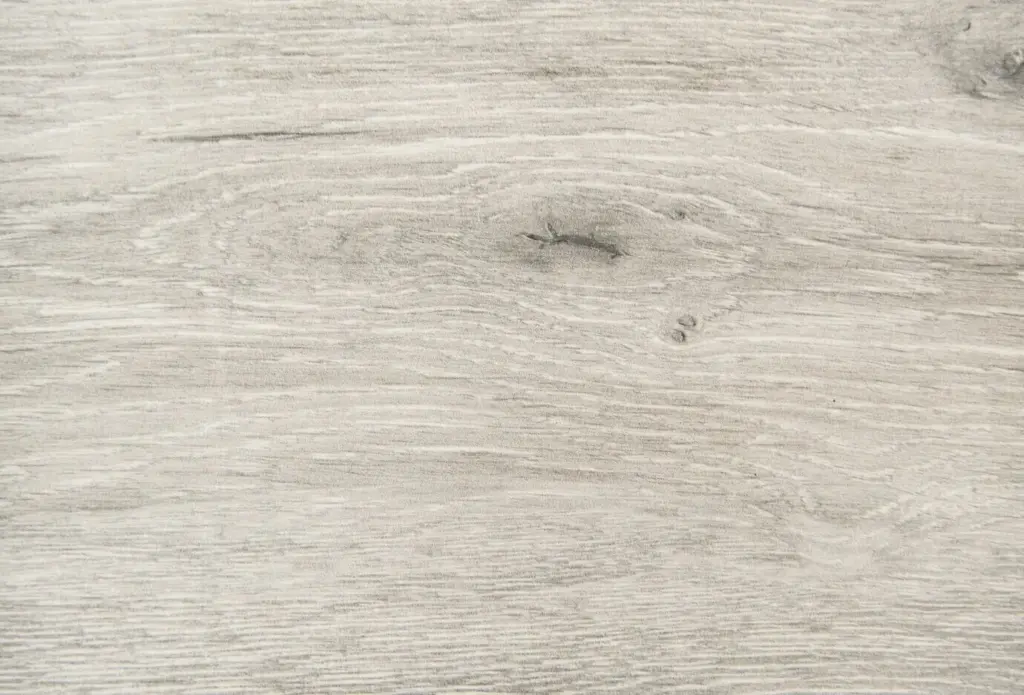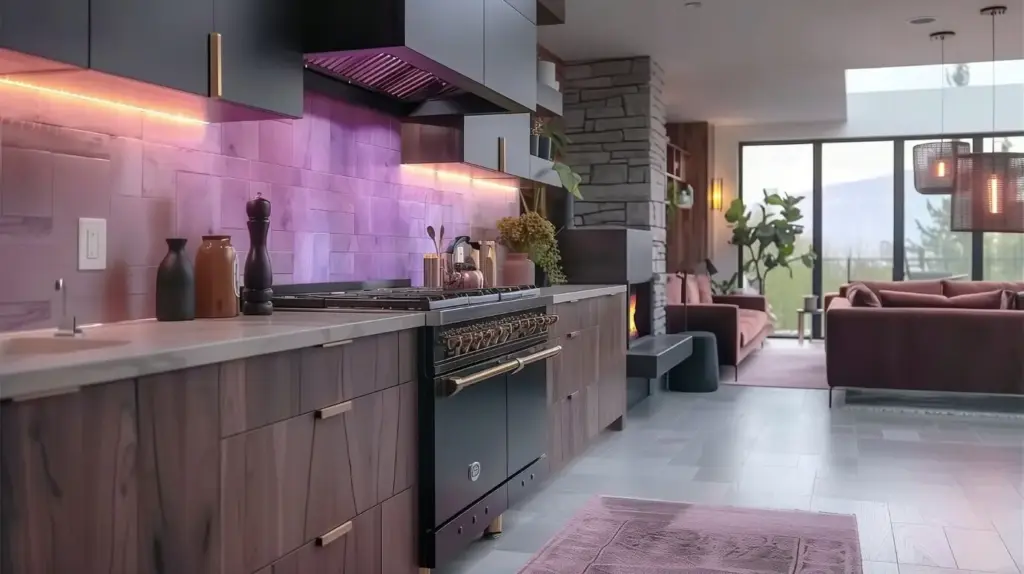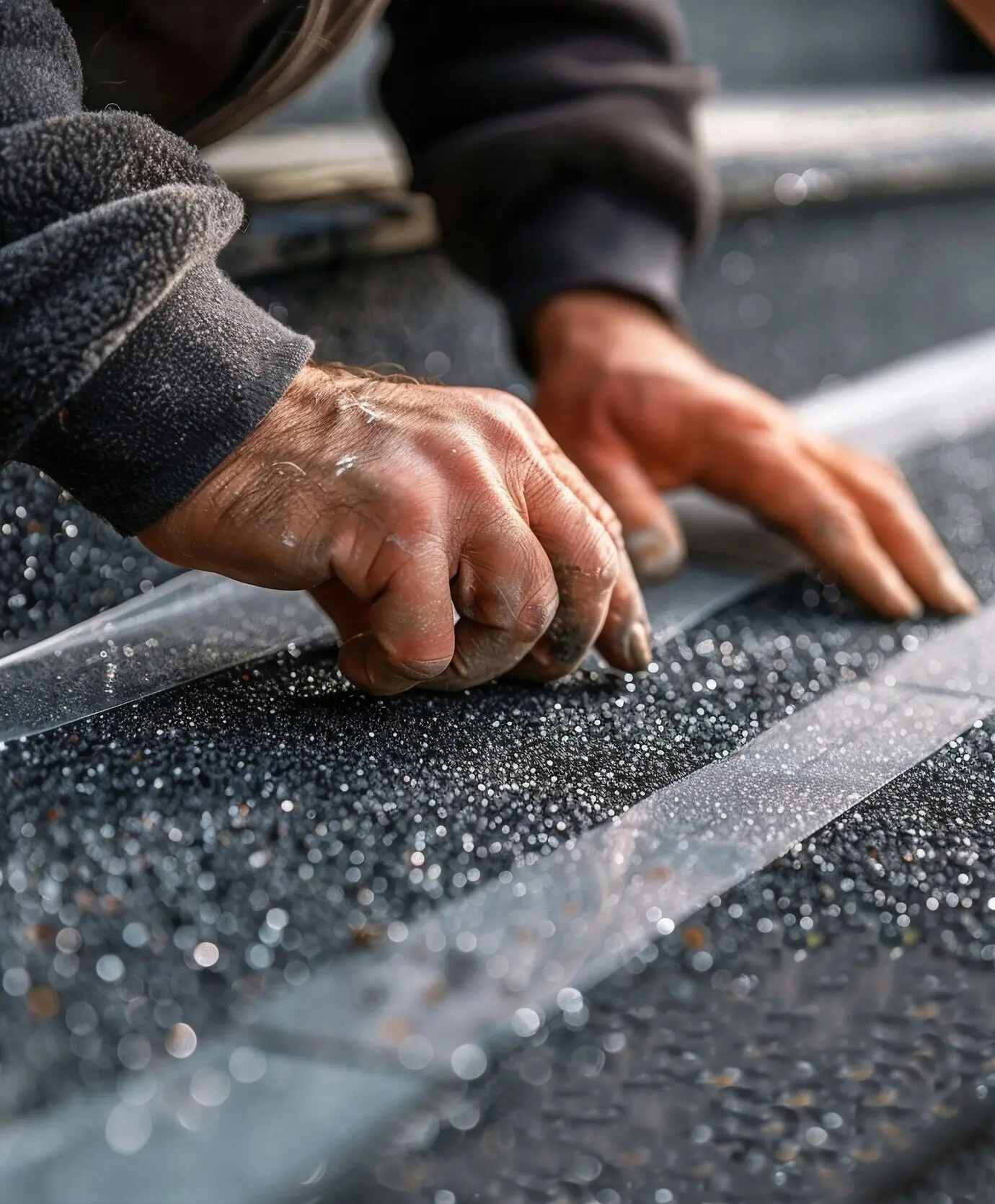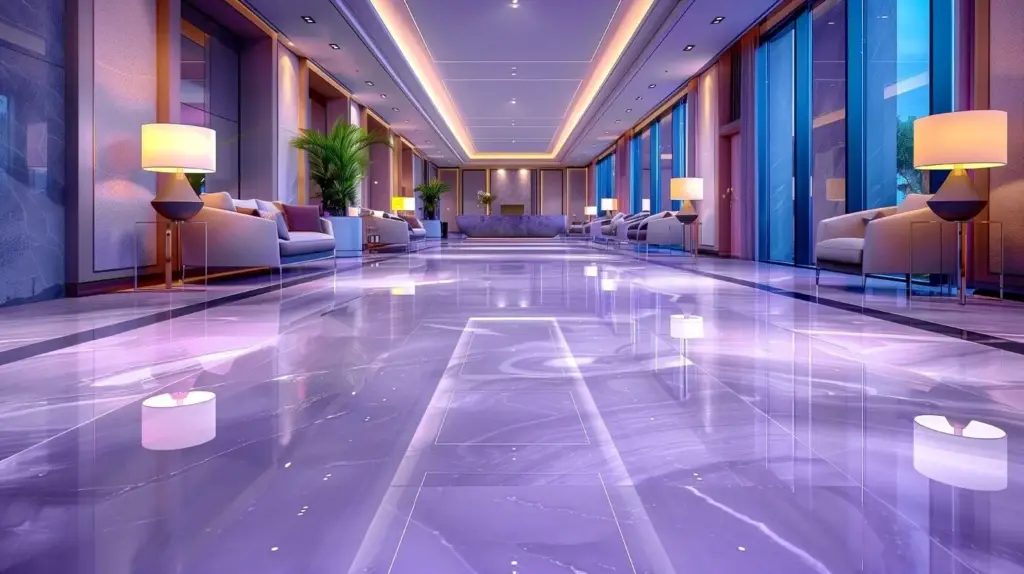Reviving Hardwood After Water Strikes
Act Fast: The Crucial First Day

See the Whole Picture: Assessing Extent and Risk
Air Movers and Negative Pressure Tenting
Dehumidifiers and Temperature Control
When to Pull Boards for Faster Drying


Repair with Confidence: Replace, Patch, or Reuse

Flattening Without Over-Sanding

Color Matching Across Old and New
Stay Dry for Good: Prevention and Peace of Mind

Barriers, Coatings, and Smart Alarms
Choose underlayment with proven vapor resistance in kitchens and basements, and seal penetrations around pipes. Add Wi‑Fi leak alarms under sinks, near water heaters, and behind refrigerators. Maintain finish film integrity with gentle cleaners. These layers buy time, allowing faster responses and preventing hidden wetting beneath beautiful, vulnerable wood.
Everyday Habits That Protect Wood
Choose underlayment with proven vapor resistance in kitchens and basements, and seal penetrations around pipes. Add Wi‑Fi leak alarms under sinks, near water heaters, and behind refrigerators. Maintain finish film integrity with gentle cleaners. These layers buy time, allowing faster responses and preventing hidden wetting beneath beautiful, vulnerable wood.
Plan Ahead: Maintenance, Warranties, and Insurance
Choose underlayment with proven vapor resistance in kitchens and basements, and seal penetrations around pipes. Add Wi‑Fi leak alarms under sinks, near water heaters, and behind refrigerators. Maintain finish film integrity with gentle cleaners. These layers buy time, allowing faster responses and preventing hidden wetting beneath beautiful, vulnerable wood.
All Rights Reserved.